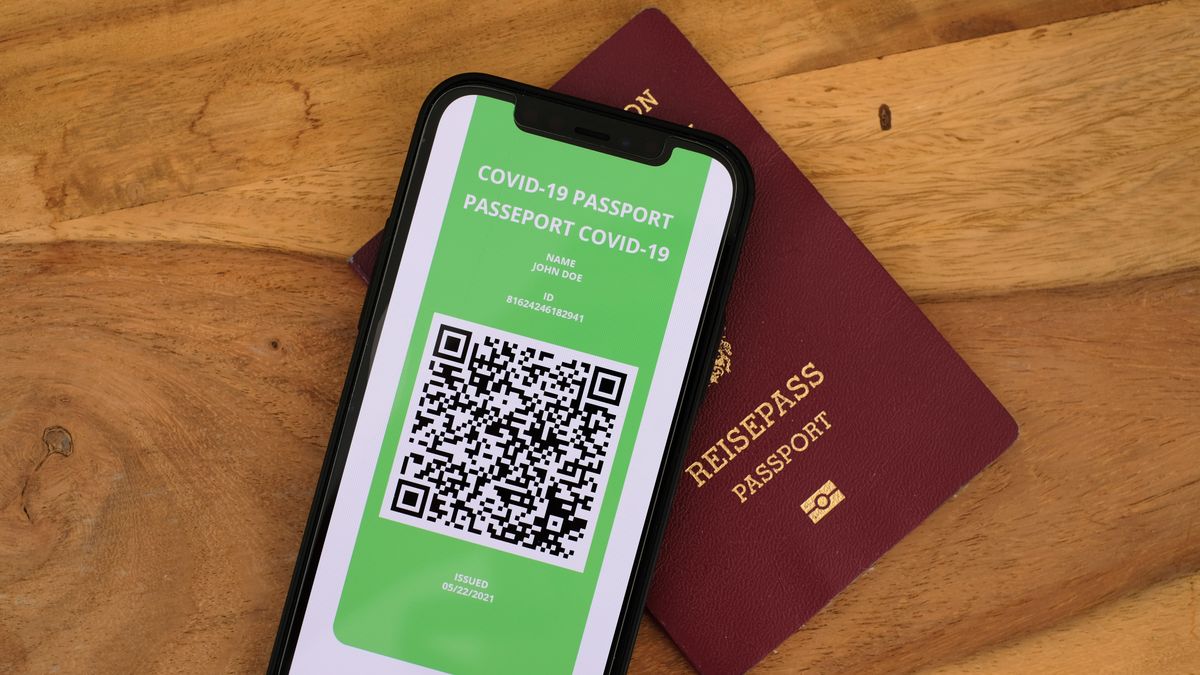“Vaccine Passport”, “Proof of Vaccination”, or “Vaccine Certificate” is an official documentation meant to provide a reliable proof of the holder’s immunization status against a certain disease. It can be used by public health to control the spread of a disease by allowing only the immunized to participate in certain congregate activities where the risk of disease spread is higher. Early announcement of COVID-19 vaccine passport in Canada was received with mixed reactions – many people, including healthcare workers, small business owners, and even ehealth professionals, were confused about what that is, or how its implementation will look like – for those who appear to be in the know, few heralded it while still few opposed it strongly. In this article, we will look at vaccine passports through an ehealth lens and what vaccine passports mean for an ehealth professional.
Implementation and Rollout – A Spotlight of ehealth Issues in Canada
At the time of writing this article, we are a couple months into the implementation of vaccine passports in Canada. A glaring feature of the rollout is its independent, separate, implementation between provinces, even while each province's need is no different.
Problems with siloed nature of health information systems across Canada is not new. This fragmented rollout is a result of both siloed health information systems across provinces and their independent funding structure. Vaccination data is collected provincially into each separate provincial system – enabling provincial implementations of vaccine passports. Provincial health information systems currently do not connect to one another. However, that in itself does not preclude the option of building a national system.
The other key contributor to fragmented health information systems is the disparate health funding structure in Canada. Each province manages their own dollars for healthcare in their own province. These come from federal transfer payments and their own provincial taxes. Financially, there is no incentive for any individual province to contribute to cooperating on a national health information interchange.
Siloed health information systems create costs that we all pay. A doctor will not be able to access records of a patient who previously sought care out of province – creating additional effort to obtain patient history and also potentially duplicating the care the patient has already received out of province. The financial cost to implementing separate siloed systems will be much greater than simply implementing a single integrated system since a tremendous amount of effort will be duplicated in the former case.
No One Size Fits All – Multichannel Concept in ehealth
The implementation of vaccine passports once again reminds us that there is no one size fits all in ehealth. When many of us think of vaccine passports, we think of a mobile app or a pdf document on the smartphone. Implementing a digital system is great and convenient for many, but paper-based documentation may be the only option for others. It therefore should not be considered waste or duplicate effort for the added investments in creating paper-based documentations on top of digital. As ehealth professionals, it’s important to have an understanding of multichannel concept of ehealth.
Multichannel in ehealth means the patient will be able to achieve the same goal via any channel of their choice. For example, in vaccine passports – the digital app is a channel, and a paper document is another channel – both channels are expected to present the same information and serve the same purpose. Virtual care is also an example of a multichannel concept. The patient expects the same level of high-quality care received virtually (a channel) vs. in-person (another channel). In ehealth, multichannel broadens accessibility to healthcare and enables cost efficiency.
Moral / Ethical Decision Making in ehealth
The ethics in vaccine passports is different than say to be “unethical” in analyzing health data without patient consent. In the health data analysis case, you don’t need to think deeply to figure out that it’s wrong to analyze patient data without consent. When it comes to vaccine passports, the ethics involved is not as straightforward as determining right from wrong, rather, it’s determining the best course of action when there is no right or wrong.
Discussions around COVID-19 vaccine passports have divided people with different views. Proponents of vaccine passports will say that by allowing only those who are vaccinated against COVID-19 to participate in group activities, it can reduce the spread of COVID-19 and reduce COVID-19 related hospitalizations. They point to evidence that when an individual is vaccinated against COVID-19, they are less likely to catch it and also less likely to be hospitalized even if infected. Those who oppose COVID-19 vaccine passports suggest that vaccine passports is a form of discrimination – barring those who cannot be vaccinated against COVID-19 (due to medical conditions or religious beliefs) to participate in regular societal activities such as watching a movie at the theatre is fundamentally unethical. They may also cite privacy concerns that an individual’s health status, such as vaccination against a certain disease, should not be mandatorily shared on demand. Both sides have very compelling arguments and this leads to an ethical dilemma. Determining the best course of action requires in-depth discussion from both sides.
Other ethical problems that lead to dilemmas in ehealth also exist. Using artificial intelligence for diagnosis is another example of ethical discussion needed in ehealth. Knowledge and skill in ethical decision-making, especially those that lead to an ethical dilemma, is a necessary trait of any ehealth professional.




